François Hippolyte Lalaisse arrived in Paris in 1830 at the age of twenty and entered the studio of Nicolas Toussaint Charlet (1792-1845). It is a time of demands for certain artists who want to do away with the strict standards imposed by artistic institutions. Like his teacher, Lalaisse believes that art should turn away from ancient canons and focus on contemporary man. It is in this context of artistic rupture, but also in a social context in which the bourgeoisie rejects everything that has appeal to modernity that Lalaisse makes a long stay in Brittany in 1843. This trip is financed by Pierre Henri Charpentier who is preparing a book entitled La Galerie Armoricaine which includes costumes by Lalaisse accompanied by landscapes by Félix Benoist (1818-1896). France was then in a period of rediscovery of the different regions of its territory, their customs and their traditional costumes. Lalaisse bears witness to a regional culture that is disappearing and makes many sketches whose reproductions are still widely used in Celtic circles to make costumes. If the Breton costume made Lalaisse famous, he also worked on the realization of engravings on the theme of the soldiers of the empire. He published several works on the theme: French Empire: The Army and the Imperial Guard as well as The French Army and its Cantinières. In parallel with his work on textiles and clothing, Lalaisse travels the French territory, producing superb watercolors and gouaches of landscapes. It represents the multiple colors of the French regions, representing in turn the Breton beaches, the Pyrenean mountains, the cliffs of the Basque Country and the forests of the center of the country. His works are now kept at the Musée de l'Armée, at the MUCEM and have been exhibited in several major exhibitions including The French Painted by Themselves - Social Panorama of the 19th Century at the Musée d'Orsay in 1993.


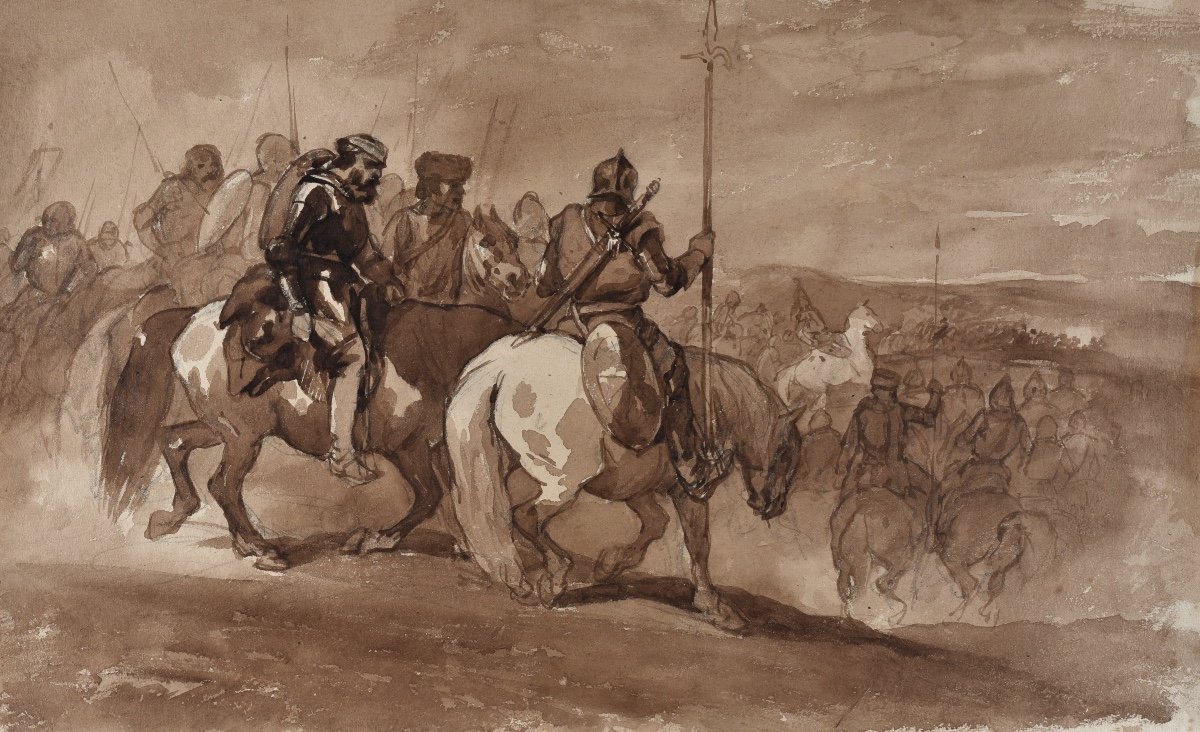








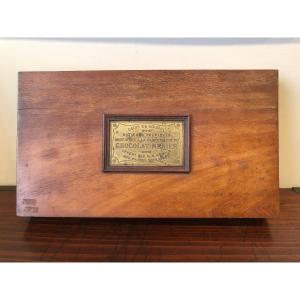


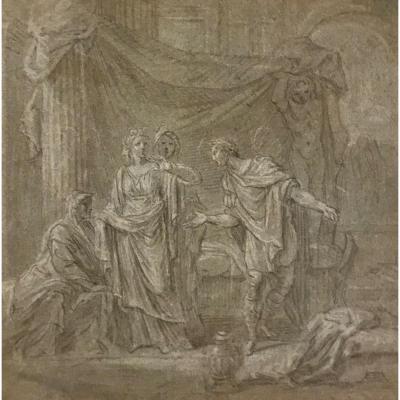

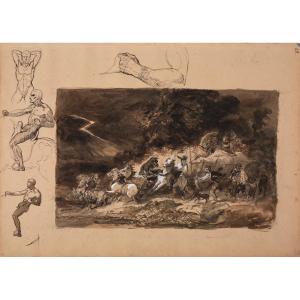


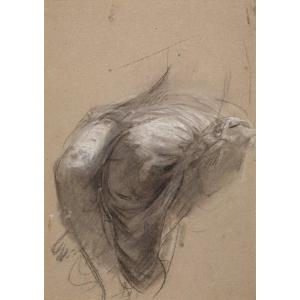
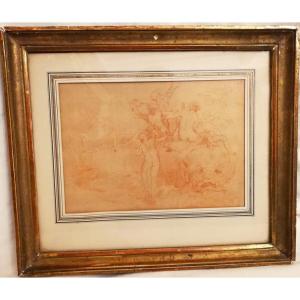







 Le Magazine de PROANTIC
Le Magazine de PROANTIC TRÉSORS Magazine
TRÉSORS Magazine Rivista Artiquariato
Rivista Artiquariato